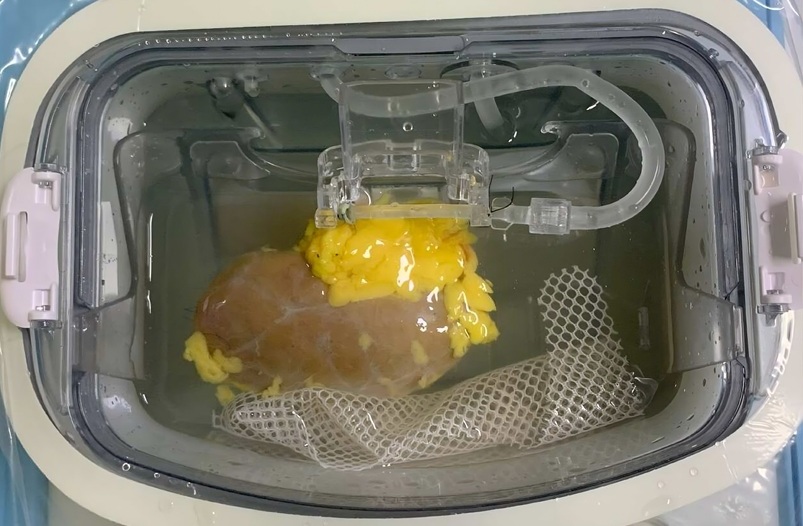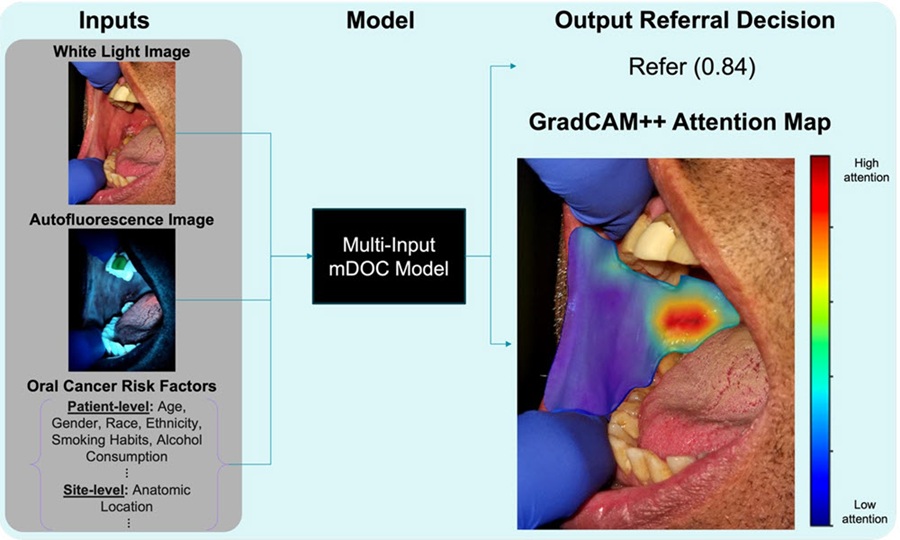New Solution on the Horizon for Mitral Valve Regurgitation
|
By HospiMedica International staff writers Posted on 06 Jul 2016 |
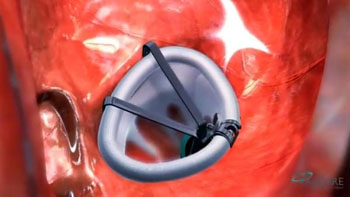
Image: The Amend mitral valve repair annuloplasty ring (Photo courtesy of Valcare Medical).
A new semi-rigid annuloplasty ring provides an advanced, catheter-based solution for treating mitral valve regurgitation.
The Valcare Medical (Herzliya Pituach, Israel) Amend Mitral Valve Repair annuloplasty ring is a 'D' shaped device designed to repair the mitral valve and thereby reduce valvular incompetence. The device is delivered via a sub-xiphoid transapical approach with the aid of a delivery catheter inserted through the chest and into the heart under ¬fluoroscopic and echo guidance. The D-shaped ring is then deployed and positioned to match the annulus of the original valve.
A special mechanism provides control for moving and shaping the ring by modifying its geometry. Using a series of remotely activated mechanisms, the complete ring shape is achieved and a series of anchors in four different zones that are independently deployed attach the ring into the annulus. During the implantation procedure, the septal lateral dimension is reduced to achieve better lea¬flet coaptation, thereby reducing or eliminating the mitral regurgitation.
“Valcare's novel technology is a pioneering breakthrough for the treatment of mitral valve regurgitation, and could be a base for additional modalities for treatment of other valve disorders,” said Uri Geiger, chairman of the board Valcare. “The team is currently focusing on adapting the delivery technique to a transeptal approach allowing for deployment of the system through a puncture in the groin, as well as using the system to treat tricuspid incompetence, another extremely common problem.”
Mitral regurgitation (MR), the most common form of valvular heart disease, is a disorder of the heart in which the mitral valve does not close properly, causing regurgitation of blood from the left ventricle through the mitral valve and back into the left atrium. Patients with MR face a dilemma of whether to undergo corrective surgery early, when they might have no or few symptoms, or wait until their condition worsens, triggering the decision to proceed with surgery.
Related Links:
Valcare Medical
The Valcare Medical (Herzliya Pituach, Israel) Amend Mitral Valve Repair annuloplasty ring is a 'D' shaped device designed to repair the mitral valve and thereby reduce valvular incompetence. The device is delivered via a sub-xiphoid transapical approach with the aid of a delivery catheter inserted through the chest and into the heart under ¬fluoroscopic and echo guidance. The D-shaped ring is then deployed and positioned to match the annulus of the original valve.
A special mechanism provides control for moving and shaping the ring by modifying its geometry. Using a series of remotely activated mechanisms, the complete ring shape is achieved and a series of anchors in four different zones that are independently deployed attach the ring into the annulus. During the implantation procedure, the septal lateral dimension is reduced to achieve better lea¬flet coaptation, thereby reducing or eliminating the mitral regurgitation.
“Valcare's novel technology is a pioneering breakthrough for the treatment of mitral valve regurgitation, and could be a base for additional modalities for treatment of other valve disorders,” said Uri Geiger, chairman of the board Valcare. “The team is currently focusing on adapting the delivery technique to a transeptal approach allowing for deployment of the system through a puncture in the groin, as well as using the system to treat tricuspid incompetence, another extremely common problem.”
Mitral regurgitation (MR), the most common form of valvular heart disease, is a disorder of the heart in which the mitral valve does not close properly, causing regurgitation of blood from the left ventricle through the mitral valve and back into the left atrium. Patients with MR face a dilemma of whether to undergo corrective surgery early, when they might have no or few symptoms, or wait until their condition worsens, triggering the decision to proceed with surgery.
Related Links:
Valcare Medical
Latest Surgical Techniques News
- Minimally Invasive Endoscopic Surgery Improves Severe Stroke Outcomes
- Novel Glue Prevents Complications After Breast Cancer Surgery
- Breakthrough Brain Implant Enables Safer and More Precise Drug Delivery
- Bioadhesive Sponge Stops Uncontrolled Internal Bleeding During Surgery
- Revolutionary Nano Bone Material to Accelerate Surgery and Healing
- Superior Orthopedic Implants Combat Infections and Quicken Healing After Surgery
- Laser-Based Technique Eliminates Pancreatic Tumors While Protecting Healthy Tissue
- Surgical Treatment of Severe Carotid Artery Stenosis Benefits Blood-Brain Barrier
- Revolutionary Reusable Duodenoscope Introduces 68-Minute Sterilization
- World's First Transcatheter Smart Implant Monitors and Treats Congestion in Heart Failure
- Hybrid Endoscope Marks Breakthrough in Surgical Visualization
- Robot-Assisted Bronchoscope Diagnoses Tiniest and Hardest to Reach Lung Tumors
- Diamond-Titanium Device Paves Way for Smart Implants that Warn of Disease Progression
- 3D Printable Bio-Active Glass Could Serve as Bone Replacement Material
- Spider-Inspired Magnetic Soft Robots to Perform Minimally Invasive GI Tract Procedures
- Micro Imaging Device Paired with Endoscope Spots Cancers at Earlier Stage
Channels
Critical Care
view channel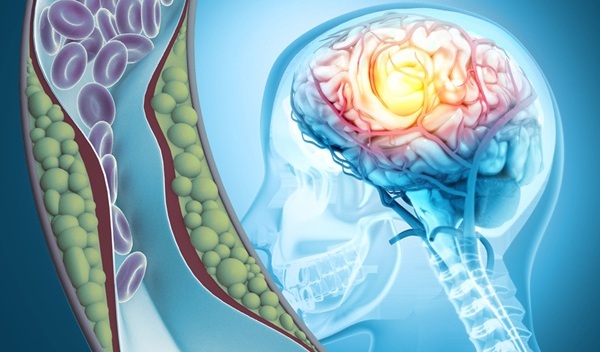
Light-Based Technology to Measure Brain Blood Flow Could Diagnose Stroke and TBI
Monitoring blood flow in the brain is crucial for diagnosing and treating neurological conditions such as stroke, traumatic brain injury (TBI), and vascular dementia. However, current imaging methods like... Read more
AI Heart Attack Risk Assessment Tool Outperforms Existing Methods
For decades, doctors have relied on standardized scoring systems to assess patients with the most common type of heart attack—non-ST-elevation acute coronary syndrome (NSTE-ACS). The GRACE score, used... Read morePatient Care
view channel
Revolutionary Automatic IV-Line Flushing Device to Enhance Infusion Care
More than 80% of in-hospital patients receive intravenous (IV) therapy. Every dose of IV medicine delivered in a small volume (<250 mL) infusion bag should be followed by subsequent flushing to ensure... Read more
VR Training Tool Combats Contamination of Portable Medical Equipment
Healthcare-associated infections (HAIs) impact one in every 31 patients, cause nearly 100,000 deaths each year, and cost USD 28.4 billion in direct medical expenses. Notably, up to 75% of these infections... Read more
Portable Biosensor Platform to Reduce Hospital-Acquired Infections
Approximately 4 million patients in the European Union acquire healthcare-associated infections (HAIs) or nosocomial infections each year, with around 37,000 deaths directly resulting from these infections,... Read moreFirst-Of-Its-Kind Portable Germicidal Light Technology Disinfects High-Touch Clinical Surfaces in Seconds
Reducing healthcare-acquired infections (HAIs) remains a pressing issue within global healthcare systems. In the United States alone, 1.7 million patients contract HAIs annually, leading to approximately... Read moreHealth IT
view channel
Printable Molecule-Selective Nanoparticles Enable Mass Production of Wearable Biosensors
The future of medicine is likely to focus on the personalization of healthcare—understanding exactly what an individual requires and delivering the appropriate combination of nutrients, metabolites, and... Read moreBusiness
view channel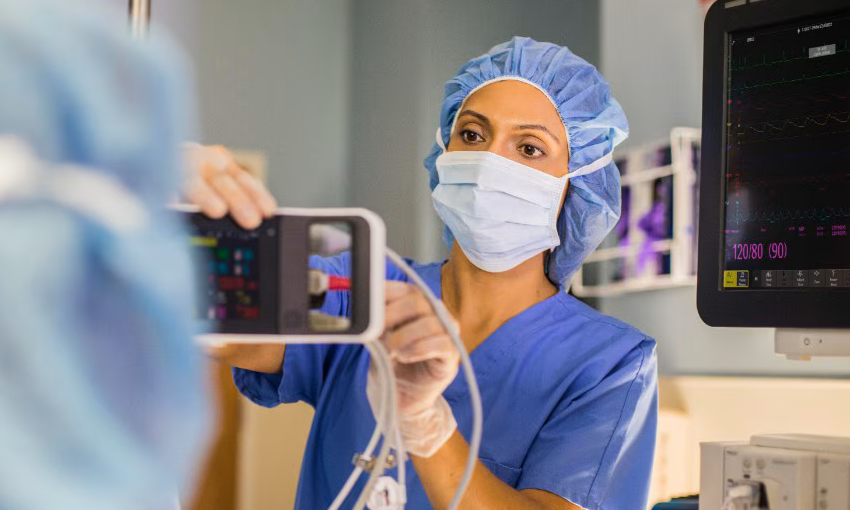
Philips and Masimo Partner to Advance Patient Monitoring Measurement Technologies
Royal Philips (Amsterdam, Netherlands) and Masimo (Irvine, California, USA) have renewed their multi-year strategic collaboration, combining Philips’ expertise in patient monitoring with Masimo’s noninvasive... Read more
B. Braun Acquires Digital Microsurgery Company True Digital Surgery
The high-end microsurgery market in neurosurgery, spine, and ENT is undergoing a significant transformation. Traditional analog microscopes are giving way to digital exoscopes, which provide improved visualization,... Read more
CMEF 2025 to Promote Holistic and High-Quality Development of Medical and Health Industry
The 92nd China International Medical Equipment Fair (CMEF 2025) Autumn Exhibition is scheduled to be held from September 26 to 29 at the China Import and Export Fair Complex (Canton Fair Complex) in Guangzhou.... Read more











